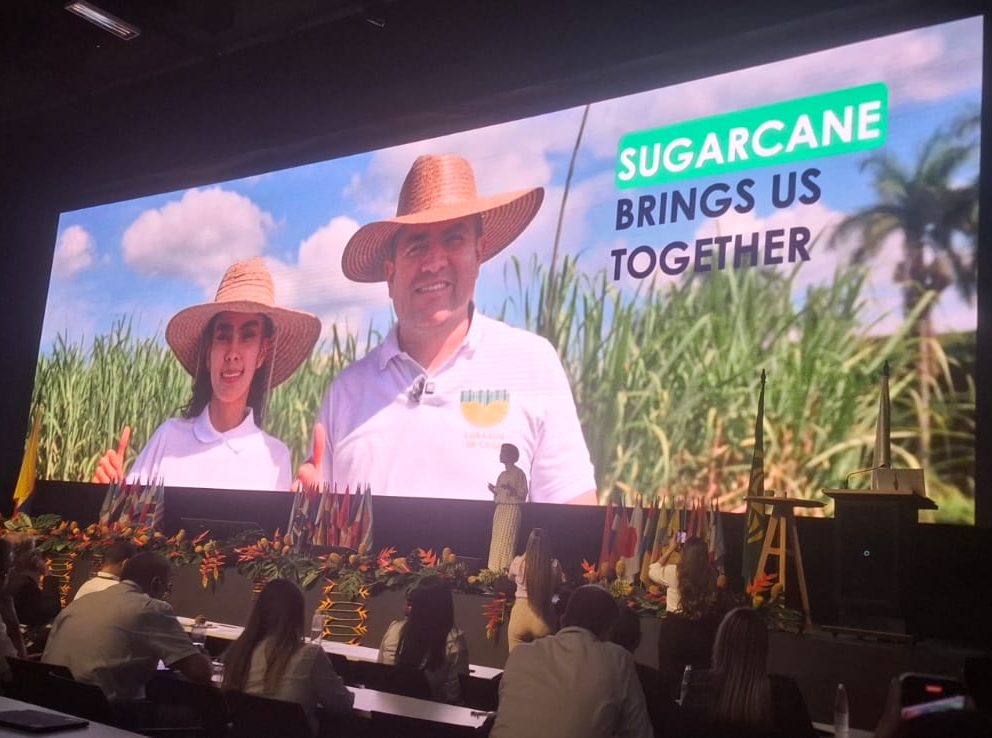Claudia Calero Opens the ISSCT Congress Highlighting the Socioeconomic and Environmental Impact of the Sugarcane Agroindustrial Sector

Claudia Calero, President of Asocaña, opened the ISSCT Congress by presenting key figures that underscore the significant contributions of the sugarcane agroindustrial sector to Colombia’s economy, society, and environment.
She emphasized that the sector influences over 9.6 million hectares nationwide, of which 1 million hectares are under protection. Sugarcane, she noted, is not just a crop—it is a driving force for social, economic, and employment development across the country.
The sector fosters entrepreneurship, supporting more than 800 entrepreneurs who create diverse products derived from sugarcane. Among them is Juan Felipe, a standout entrepreneur from the Cauca region, who successfully markets his pineapples—branded under Colombia’s country label—to hotels and tourist restaurants.
Sugarcane’s impact extends beyond agriculture to infrastructure, contributing to the development of tertiary roads, which enable communities to access schools, healthcare centers, and food distribution points. Through initiatives like Fundación Corazón de Caña, the sector has reached 10,000 students, providing quality education and fostering social progress.
Environmental stewardship is another pillar of the industry’s vision. Through the Water Fund, the sector protects water resources, having planted 1 million trees and restored critical ecosystems. A flagship initiative, the Biodiversity Corridor Project, aims to create an 890-kilometer ecological corridor linking rivers and wetlands, safeguarding 6,500 hectares of strategic ecosystems for the benefit of surrounding communities.
Calero highlighted how 3,000 families contribute by producing value-added goods such as cocoa, coffee, and sugar—many of whom are showcasing their products at the congress. The industry’s commitment to sustainability also includes a major role in renewable energy generation:
- 46% of the energy produced by sugar mills is supplied to Colombia’s national grid.
- Bioethanol production has replaced 1.172 billion liters of gasoline, providing a cleaner fuel alternative.
- Organic biofertilizers are reducing reliance on chemical alternatives.
- Efforts are underway to scale biogas and biomethane, with 80 million cubic meters of biomethane projected for domestic use.
“These figures represent more than numbers; they reflect the science, innovation, and commitment driving this sector,” Calero remarked. She stressed the importance of clear public policies to strengthen the sugarcane cluster, which includes over 100 companies and 12,000 farming families actively participating in policy-making to ensure long-term sustainability.
Finally, Calero pointed to the Sugarcane Price Stabilization Fund, which safeguards the livelihoods of the sector’s 286,000 workers by buffering against global market volatility.
“The sugarcane sector leaves a lasting legacy,” she concluded. “Every tree planted, every family supported, every innovation implemented represents our commitment to a sustainable and prosperous future.”

